 KEY WEST — For more than 100 years, local amateur historians and members of the African-American community have known that Sandy Cornish, the freed slave who maimed himself to prevent a return to forced labor, is buried in Key West Cemetery.
KEY WEST — For more than 100 years, local amateur historians and members of the African-American community have known that Sandy Cornish, the freed slave who maimed himself to prevent a return to forced labor, is buried in Key West Cemetery.
It’s just that no one seems to know where in the leafy, 3.3-acre cemetery his body rests. “He was buried in the Key West Cemetery but over the years, the location of his burial has become lost,” Key West Cemetery Sexton Russell Brittain told South Florida Times.
Finally on Saturday, 145 years after his interment, the cemetery and the Historic Florida Keys Foundation dedicated a memorial plaque to the former slave in a grassy area of the cemetery.
Cornish’s memorial is in shaded ground just off Clara Street, a small lane between First and Second Avenue, said author Jane Newhagen, who volunteers for the historic foundation.
The cemetery is laid out in the manner of 19th century civic burial grounds, with street names and addresses. Members of Cornish African Methodist Church, which the former slave founded, sat in folding chairs as Rochelle Pearson, pastor of the church, led prayer and dedicated the plaque, which sits atop a short, stone column.
Pastor Bernard Lane of the Bethel AME Methodist Church in Key West also said an invocation. City Commissioners Clayton Lopez presided over the ceremony and introduced speakers. Lopez said he’s proud of his church’s namesake. His family has attended the church for generations; many have served as deacons and lay preachers at Cornish Memorial AME.
“His actions in life show that he was not going to accept the fate developed for him by lesser men,” Lopez told South Florida Times before the ceremony. “He is a legend that continues to point the way to human dignity to this day.”
Newhagen said when Cornish was alive, he showed Key West what freed slaves could accomplish. “We chose to honor Cornish because his story is such a testament to his commitment to freedom, and because he was instrumental in organizing the Cornish African Methodist Church on Whitehead Street,” she said.
After Pearson’s convocation, Lopez, as well as City Commissioner Tony Yaniz and Key West City Manager Bob Vitas, spoke of Cornish’s life as a testament to human freedom.
According to research by the historical foundation, Cornish was born in 1793 and claimed Maryland as his place of birth. On Oct. 2, 1839, Sandy and his wife Lillah left Maryland and migrated to Florida where Sandy was employed for nine years, at $600 a year, in the construction of a railroad at Port Leon. It was there that he and Lillah bought their freedom.
Citing the book, After the War, 1865-1866, written by Whitelaw Reid and published in 1866, Newhagen said a fire that swept through Port Leon also burned Cornish’ freedom papers — his written proof that he was a free man.
With nothing to prove that he was free, he was nearly seized by a group of white men intent on taking him to the slave market in New Orleans. Cornish, however, fought hard and broke free.
The close call spooked Cornish so much that he decided to make a public declaration of his freedom that would surpass any written document, the book After the War states.
The next day, a Thursday, Cornish, with Lillah pushing a wheelbarrow behind him, walked to the docks at Port Leon where Cornish attracted a crowd by yelling at the top of his lungs.
According to the book, Cornish declared that he’d already once bought himself out of slavery and would, under no condition, return to servitude. He then used a knife and hatchet to cut off his heel strings and a 10-inch long and four-inch deep hole in his leg so he would be of no worth to plantation managers.
“My wife, Lillah, she threaded the needles and then held the looking glass so I could see to make long stitches and sew it up and stick on the sticking plaster,” the book said.
Cornish hadn’t finished. He then used the hatchet to cut a finger from one hand, which he then put in his mouth like a cigar, “’till blood ran down his lips.” Using the crude thread, he sewed his finger back on to his hand. He told the crowd that if the maiming he’d accomplished before them hadn’t done the job, “I would cut open my belly and put the entrails before them. But that I wouldn’t go to New Orleans for a slave again, for I was free.”
Cornish and his wife moved to Key West around 1850 and bought 20 acres on the island, which they turned into a fruit orchard. His business acumen and popularity on the island made them wealthy. He marched at the head of parades, made speeches at local festivals, and delivered sermons at the funerals of fellow African Americans.
His love of preaching led him to found the Cornish Chapel of the African Methodist Episcopal Church at 702 Whitehead St. Cornish died in 1869 at the age of 76 but the location of his resting place has been lost to history.

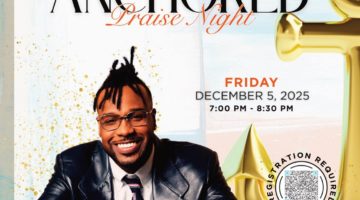

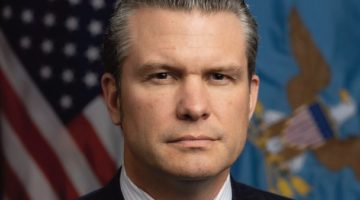
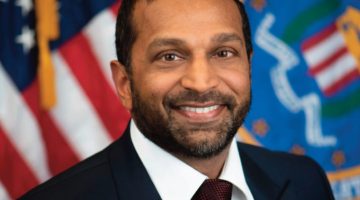
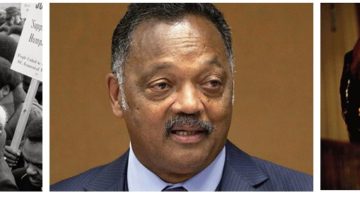

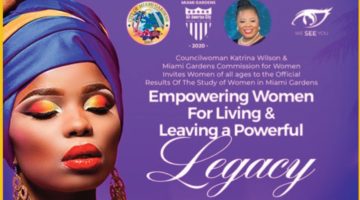
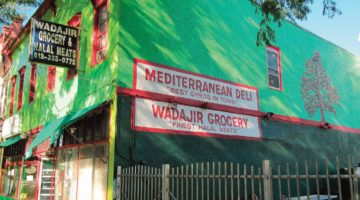



No Comment